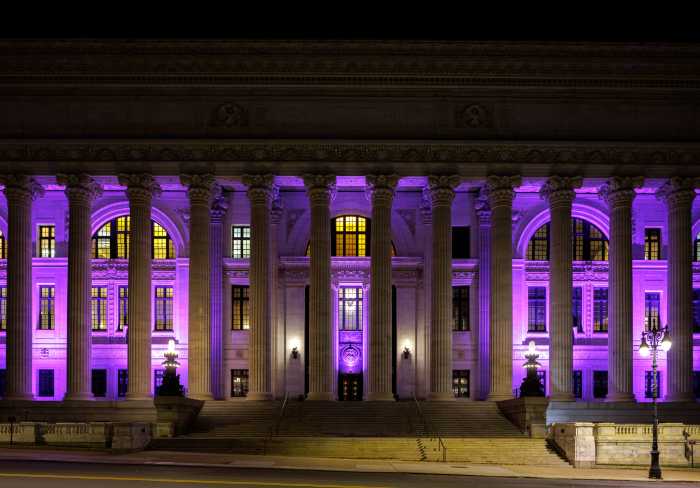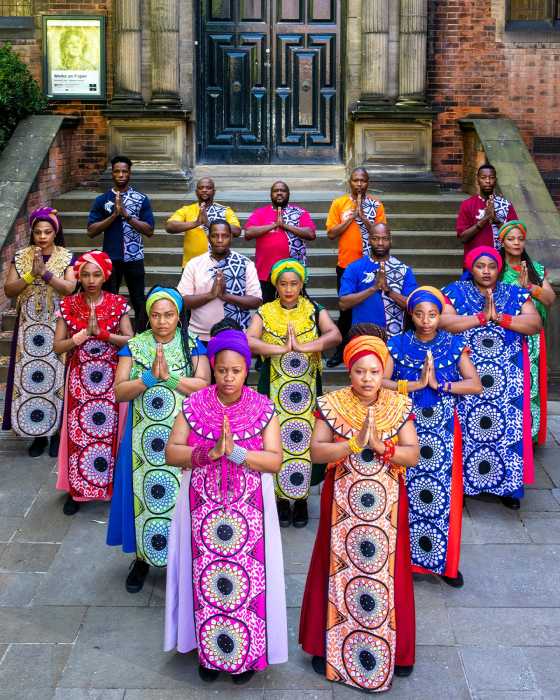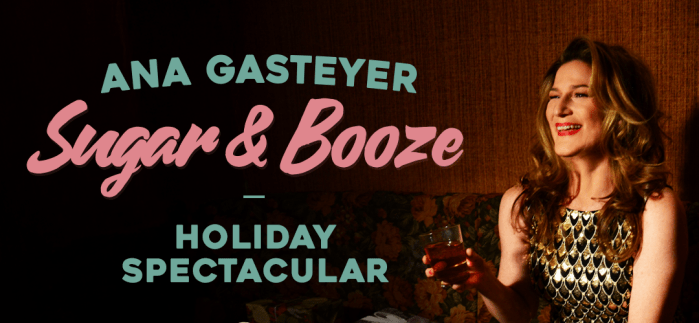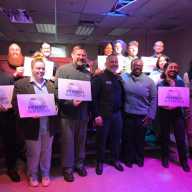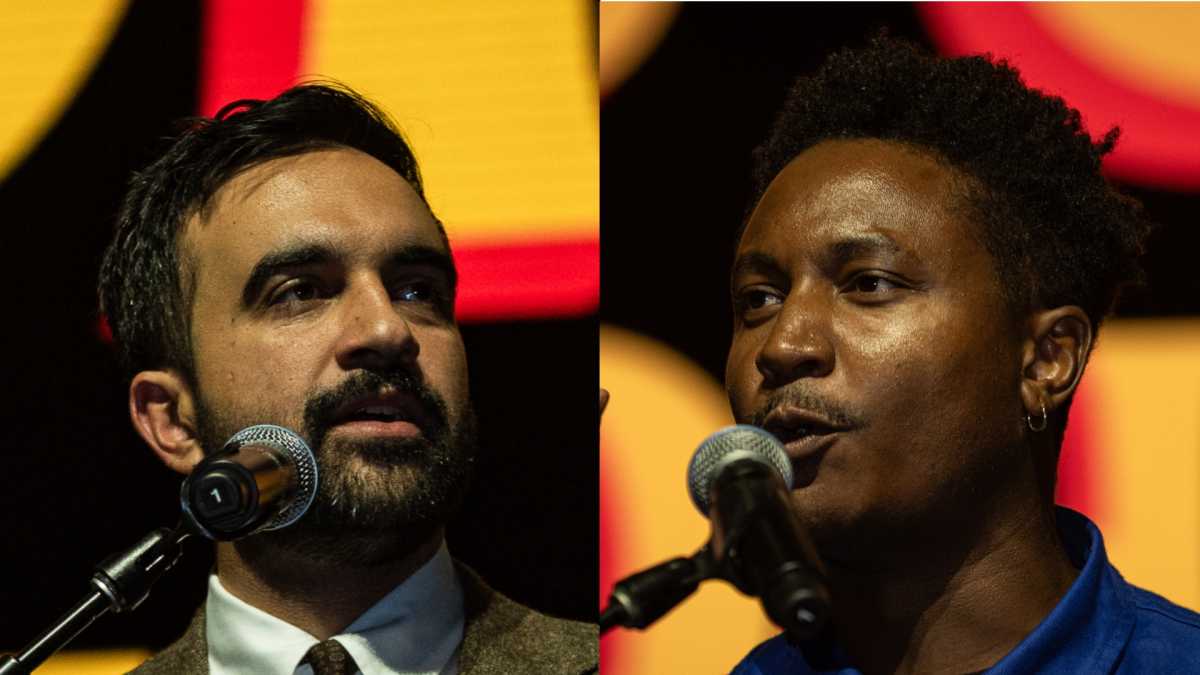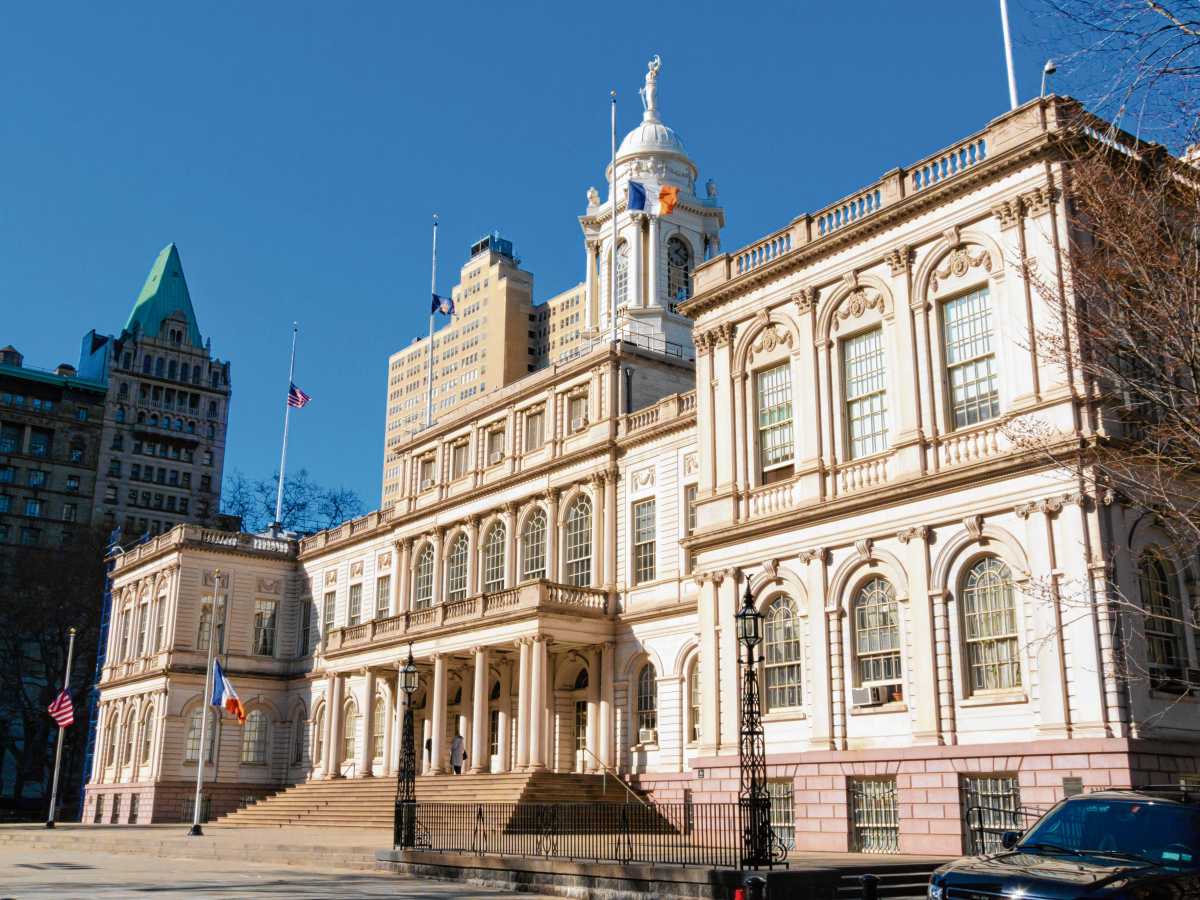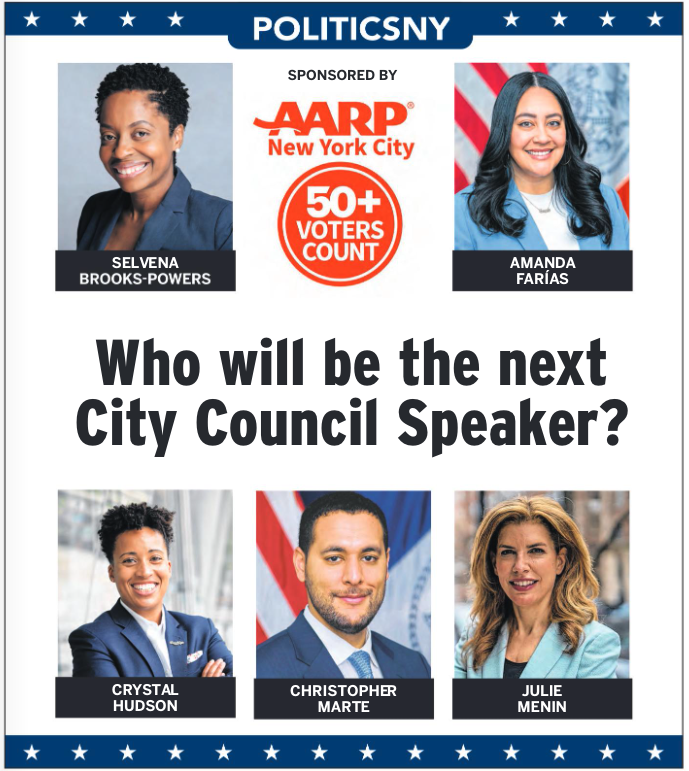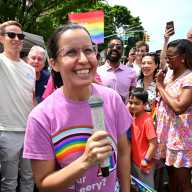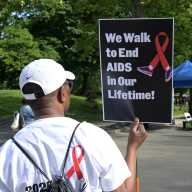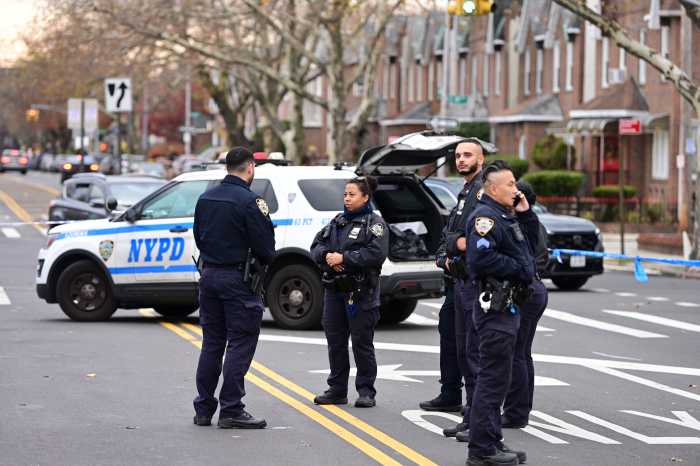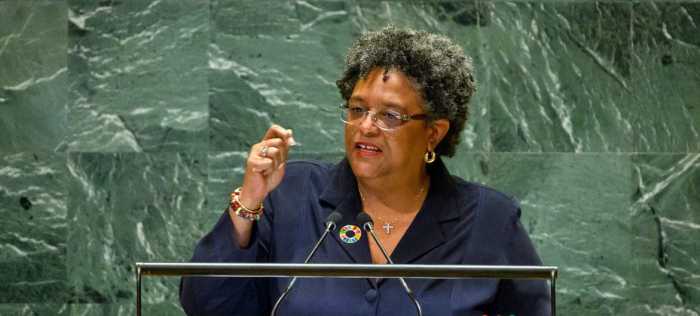More than one million people identify as LGBTQIA+ in New York State and the community’s population has continued to rise, according to the results of a New York State Department of Health survey featuring statistics about the share of LGBTQ people who live in the state and details about their income, healthcare, employment status, substance use, and more.
The report stems from the the federal Centers for Disease Control and Prevention’s Behavioral Risk Factor Surveillance System, which designs surveys that are conducted in all 50 states and US territories. The surveys themselves are also tailored by the states, which also add their own questions, conduct the surveys, and analyze the data. In New York’s case, the state’s Department of Health implements the survey, collects the data, and analyzes the results. The latest report covers 2021 and 2022.
About 8.2% of New York State’s population identifies as lesbian, gay, bisexual, or another sexual orientation, and bisexual New Yorkers — who make up the greatest share of LGBTQ people — make up 3.9% of the total state population, according to the report. Another 2.9% of the state’s population identifies as lesbian or gay, while 1.4% identifies with another sexual orientation. Transgender, gender non-conforming, non-binary, and intersex New Yorkers collectively make up 1.4% of the state’s population.
The total number of LGBTQ adults is continuing to increase: In 2014-2016, there were 90,300 trans individuals in the state, and although that number dipped to 76,100 in 2019-2020, it shot up to 208,400 in 2021-2022. People who identify as lesbian, gay, bisexual, or another sexual orientation saw their population rise from 770,300 in 2014-2016 to 1,070,500 in 2019-2020 and 1,151,100 in 2021-2022.
Those numbers could be even higher now given that the report shows years-old data. A Gallup survey conducted in 2024 and released earlier this year found that more than 9% of the US population identifies as LGBTQ — a significant change from Gallup’s first such survey in 2012, which found at the time that 3.5% of the US population identified as LGBTQ. By 2020, Gallup’s survey reported 5.6% of the population identified as LGBTQ.
Among all age groups, New Yorkers between the ages of 18 and 24 are leading the way in LGBTQ identity, with 20% of the adults in that age group identifying as lesbian, gay, bisexual, or another sexual orientation, and another 3% identifying as transgender. The numbers across both sexual orientation and gender identity descend with each older age group: 12% of the 25-34 age group, for example, identify as lesbian, gay, bisexual, or another sexual orientation, dropping down to 3.8% for the 65+ age group.
“Gender identity and sexual orientation are inherent to and deeply personal aspects of an individual’s overall sense of self and identity,” New York State Health Commissioner James McDonald said in a written statement. “This telephone survey of adult New Yorkers provides us with important insights and a better understanding of the health needs and health disparities historically faced by Lesbian, Gay, Bisexual, Transgender and Queer or Questioning, Intersex and Asexual (LGBTQIA+) community members.”
Underneath the surface, the statistics also point to disparities between the LGBTQ community and the non-LGBTQ community when comparing substance use, mental distress, adverse childhood experiences, and healthcare. E-cigarette use is reported by 12.8% of people who are lesbian, gay, bisexual, or identify with another sexual orientation and 14.2% of trans people, but among non-LGBTQ people that number dips to just 5.3%. Similarly, 25% of LGBTQ people report binge or heavy drinking, while 17.9% of non-LGBTQ people report the same.
When evaluating mental health disparities, LGBTQ people are more than twice as likely as non-LGBTQ people to report problems with stress, depression, or emotions for more than 14 days per month or have been diagnosed with a depressive disorder.
Among other health-related disparities, 13.5% of people who identify as lesbian, gay, bisexual, or another sexual orientation and 17.3% of transgender people report cost barriers for necessary medical care — nearly two times the share of non-LGBTQ people (7.3%) who report the same issue.
“While we’ve made progress in creating a more gender-affirming New York, our work is not done,” McDonald said in a written statement. “The Department remains committed to improving social determinants of health, eliminating health disparities and protecting and promoting health and wellbeing for all.”


